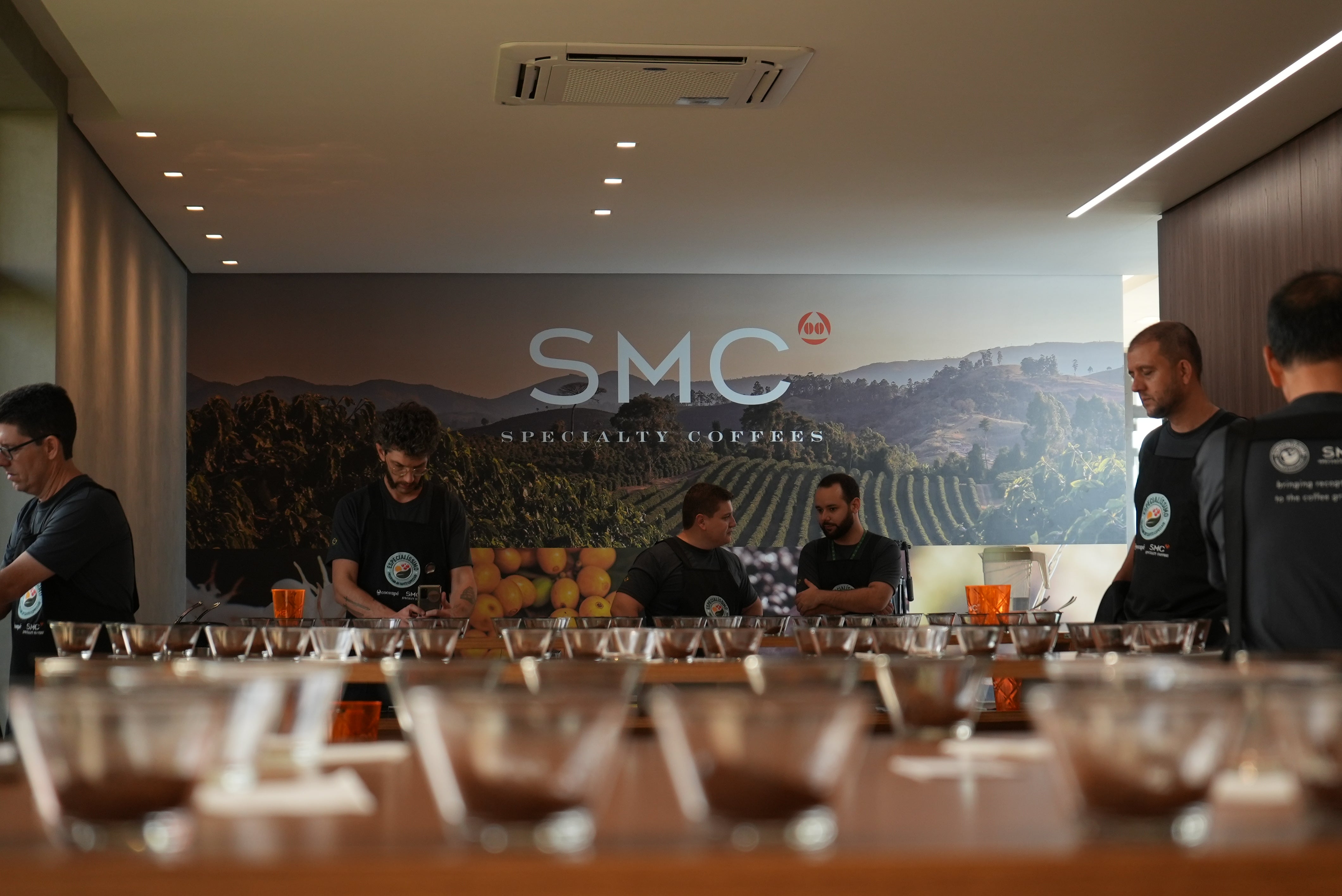This Chinese coffee guide explores how its terroir has opened-up a whole new landscape for speciality coffee.

It’s fair to argue that China has long been overlooked when it comes to growing coffee. Given their rich history and culture in the production and ceremony of tea, you’d be forgiven for not naming China in a quick-fire round of countries renowned for cherries over leaves. Yet, thanks for the climate, terroir, and geography, China’s been laying down roots for successful coffee cultivation for over a century. What started as a government drive to boost the industry has matured into a knowledgeable and conscientious steer toward the speciality coffee scene—and with good reason.
In this post we run through the history and process of coffee production – and why China’s coffee is keenly on our radar, and in our cups.
HISTORY
It’s not quite as fanciful as Ethiopia’s origin claim over coffee, but French missionaries first brought coffee plants to China in the late 1800s, predominately planting in Yunnan, the most southwestern province (which benefits from the Tropic of Cancer running though the south). China’s coffee growth didn’t cause much of a stir until the 90s when big companies, such as Nestlé and Starbucks, began investing. Today, coffee is cultivated across 120,000 hectares – still small-talk when you consider tea’s claim to over 3 million hectares of land.
But the direction of coffee production and consumption is changing. 400 million millennials have opened-up the demand for coffee in China – long viewed as a luxury, rather than a daily ritual – with this mid 80s-early noughties generation influenced by the larger coffee landscape, looking to drink out or takeaway from a cafe, rather than a cup of instant at home. Enter, the burgeoning speciality coffee scene, and the world stage.
GROWING AND HARVESTING
Thanks to Yunnan’s distinct wet and dry seasons and the temperate climate, the region is home to 95 percent of all coffee grown in China, with the province sharing some of the same favourable characteristics that aid producers in South America and Africa. While there are around 30 different varietals grown in China, Catimor is by far the most popular due to robustness against leaf rust and weather, alongside high yield results. Despite having something of a mixed reputation for quality, the varietal produces some delicious results when planted in the right climate.

Typically, harvest is between December and March, and is mostly handpicked, with farms relying on household labour. Traditionally, coffees have been harvested and sold with very little attention applied to lot identification and traceability, but this is changing as speciality coffee evolves in the region. More farms, too, are focusing on speciality coffee production, and seeking organic certification. An obvious reason for this new direction is as a bid to increase income, but from our experience of working with farmers and producers in China, it’s clear, too, that their interest is more than monetary gain – it’s a pride and passion for their coffee, and for their workers and the community.

PROCESSING AND BREWING
Most coffee is traded, milled, and shipped between December and May. As much of the region can be humid during wet season, coffee that needs to be stored will be transported to the capital of Yunnan province and the hub of exporting, Kumming. Most producers have their own wet processing facilities; if not, they will sell to middlemen who then sell onto wet mills or add value by processing themselves.
The most common process in Yunnan is washed, with natural normally the process for the first harvest. But with an increased interest in developing and broadening tastes across China, as well as growing attention from the rest of the coffee world, other processes are becoming more frequent with a view to develop flavour potential and defy expectations. We’ve had the pleasure of working directly with farmers who are keen to showcase their commitment and highlight the diversity of their coffee—the results of natural and honey processes delivering rich and jammy profiles of plum, peach, and stewed berries. China might be later to the coffee scene than most, but it’s clear that they’re in it for the long-haul, and we’re fully on board.

PREVIOUS CHINESE COFFEE RELEASES
Banka (2018), Ou Yang (2019), Banka (2019), Yang Xuan (2020), Aqi Badu (2021)

[updated Aug 22]
--
View our current coffee portfolio and discover our latest Chinese release - here














